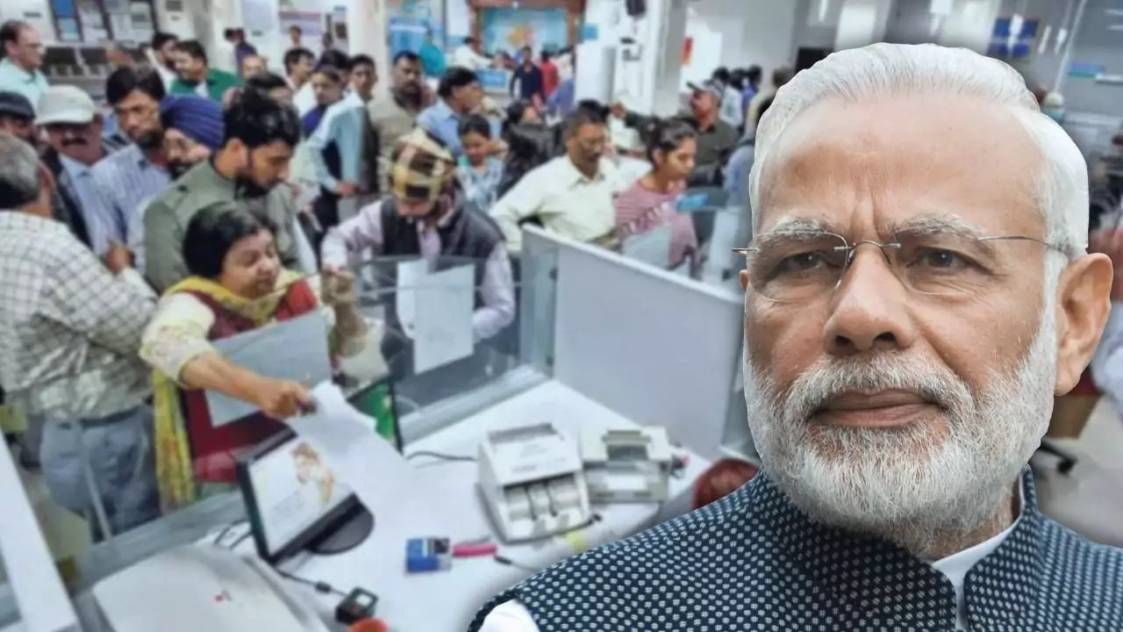A significant update has emerged regarding the merger of banks in the country. According to available information, the Ministry of Finance has initiated the fourth phase of the consolidation of Regional Rural Banks (RRBs).
This move could potentially reduce the number of such banks from 43 to 28. The blueprint created by the Ministry outlines that 15 regional rural banks across various states will be merged.
Merger of 15 Banks
The consolidation of RRBs will take place in Andhra Pradesh (which has the highest number of four RRBs), Uttar Pradesh, West Bengal, Bihar, Gujarat, Jammu and Kashmir, Karnataka, Madhya Pradesh, Maharashtra, Odisha, and Rajasthan. In the case of Telangana, the merger of regional rural banks is expected to be completed based on the division of assets and liabilities of the Andhra Pradesh Grameena Vikas Bank (APGVB).
One State, One RRB
The Financial Services Department has communicated in a letter to the heads of public sector banks that, in light of the geographical and agricultural nature of regional rural banks, there is a need to further consolidate these banks to maintain close ties with the communities they serve. This aims to achieve greater efficiency and more reasonable profitability.
Reducing Bank Numbers from 43 to 28
The statement indicated that a blueprint for this merger has been developed in consultation with the National Bank for Agriculture and Rural Development (NABARD), resulting in the reduction of the number of RRBs from 43 to 28. The Financial Services Department has requested feedback from the heads of sponsoring banks of regional rural banks by November 20. It is worth noting that the government began the structural consolidation of RRBs in 2004-05, which has already reduced the number of such institutions from 196 to 43 by 2020-21 through three phases of consolidation
Government’s 50% Stake
These banks were established under the RRB Act of 1976 to provide loans and other services to small farmers, agricultural laborers, and artisans in rural areas. This act was amended in 2015, allowing these banks to raise capital from sources other than central, state, and sponsoring banks. The central government currently holds a 50% stake in RRBs, while the sponsoring banks and state governments hold 35% and 15%, respectively



